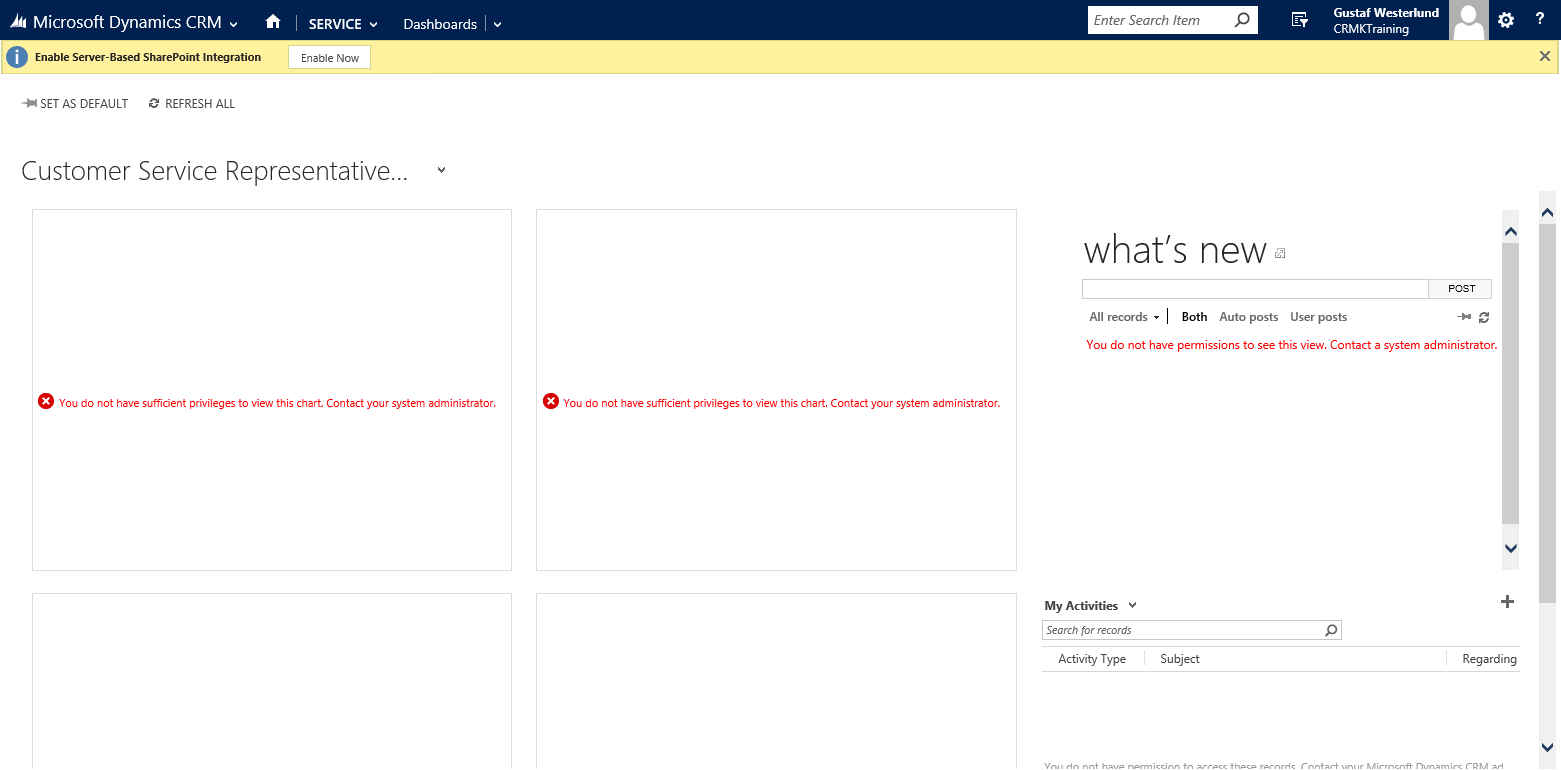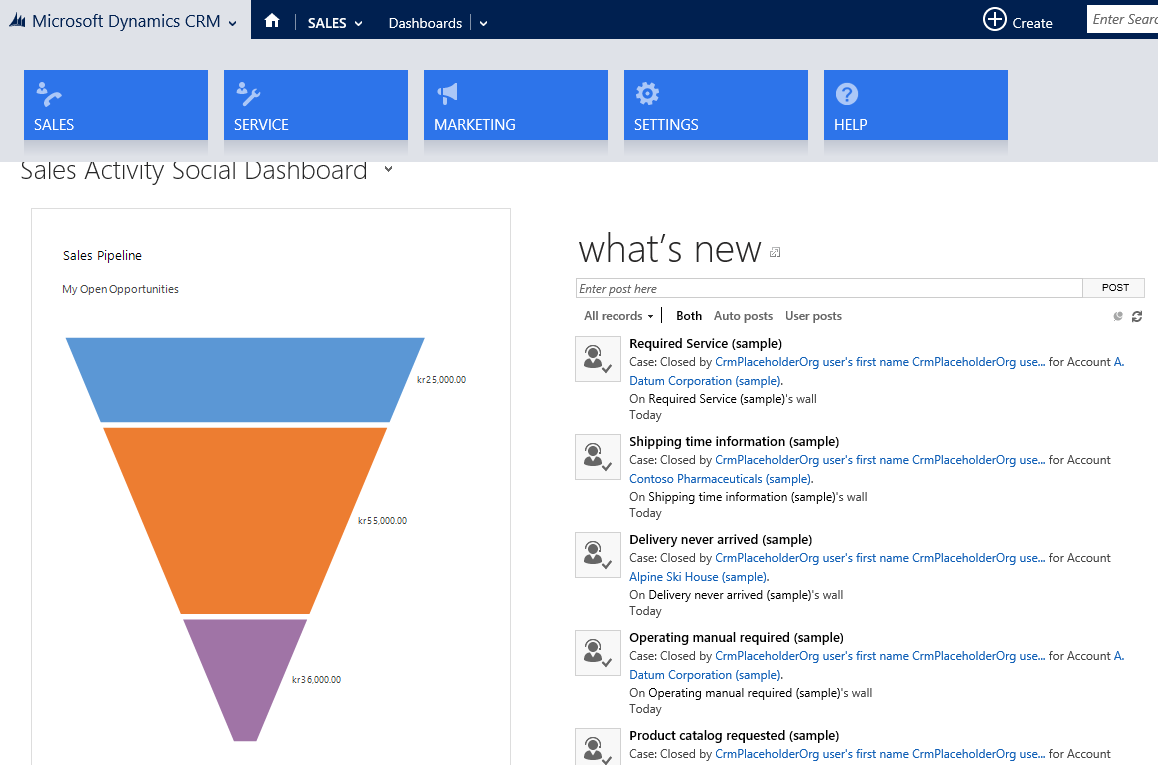 |
| You have to decide... |
Vaccines make you sick!
To change base currency in CRM, just run this script, there is no risk!
The Internet is full of bad information. Ever found something on a blog on Internet and tried it? A script, some code or something else that you really didn't know what it did. Could you really trust the source?
I have met customers and sometimes even partners who mention that "Well I found a solution to this very complex problem XX, you just run this script YY on the CRM database, it was on a blog on Internet. Like a blog on Internet, like this one is some oracle of truth. I am sorry to break it to you, but this is not so. Just as with everything else you see and hear on the Internet, you need to be critical about the information, and judge it and the source where it is coming from. In the end, it is you who are responsible for what you are doing with the CRM system. If you happen to run a script that is bad, install a auto numbering solution that causes masses amounts of locking or copy paste an unsupported script into the onload of the account form, it is still your responsibility. Hence I recommend that you do not run or insert anything that you do not fully understand or have gotten from a source that you feel that you can trust has verified the contents.
If you don't know it, the Dynamics CRM SDK page on unsupported customizations is a really good page to start with. If something you find, is listed here, you should really think again. Remember that the current cadance of CRM is very rapid, you cannot afford to have a system that is not upgradable or on which you cannot get support if you get into big problems.
https://msdn.microsoft.com/en-us/library/gg328350.aspx#Unsupported
With that said, there is a great and wonderful community out there with a lot of great and wonderful tools and advice, so don't stop using it, just be a bit critical.
So, who am I to say this. A very good question. If you feel this question is relevant, and question the validity of this argument, I think you have gotten the point.
Gustaf Westerlund
MVP, Founder and CTO at CRM-konsulterna AB
www.crmkonsulterna.se









